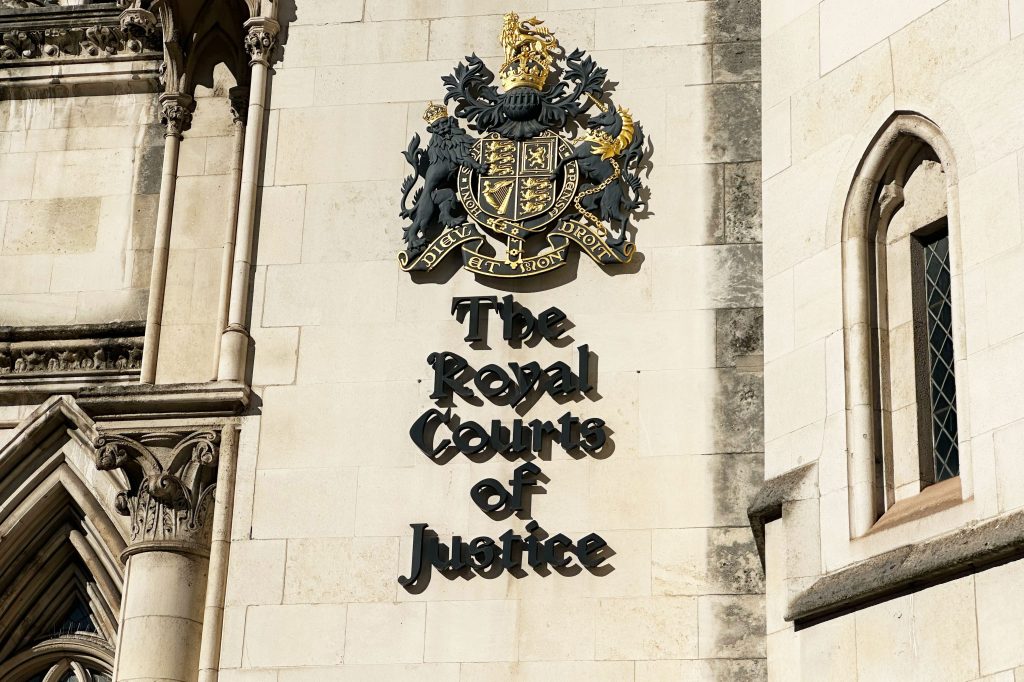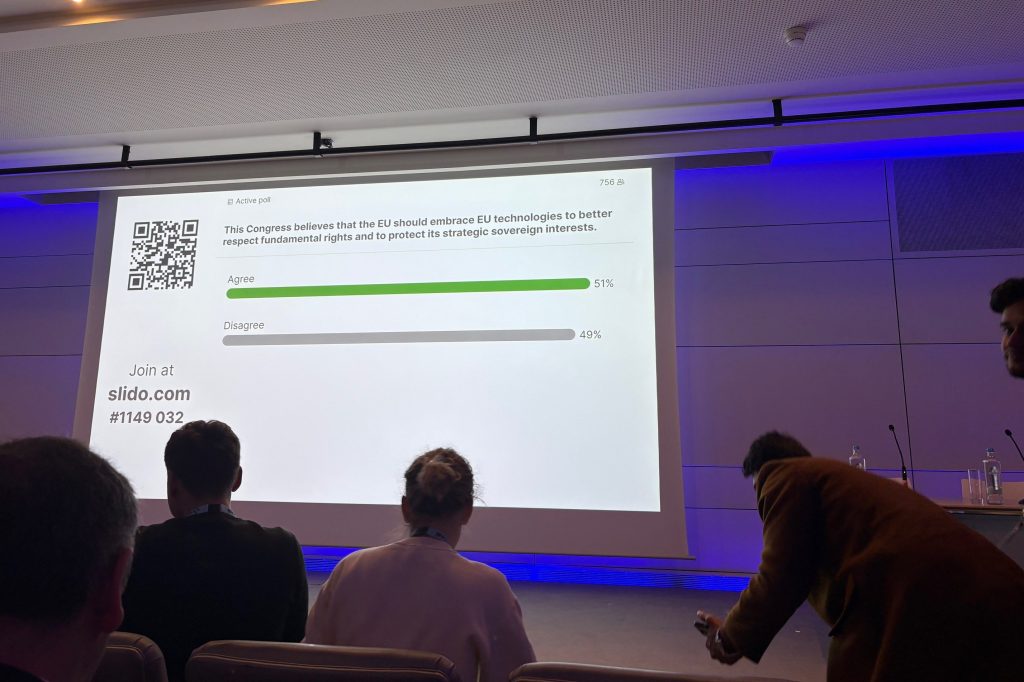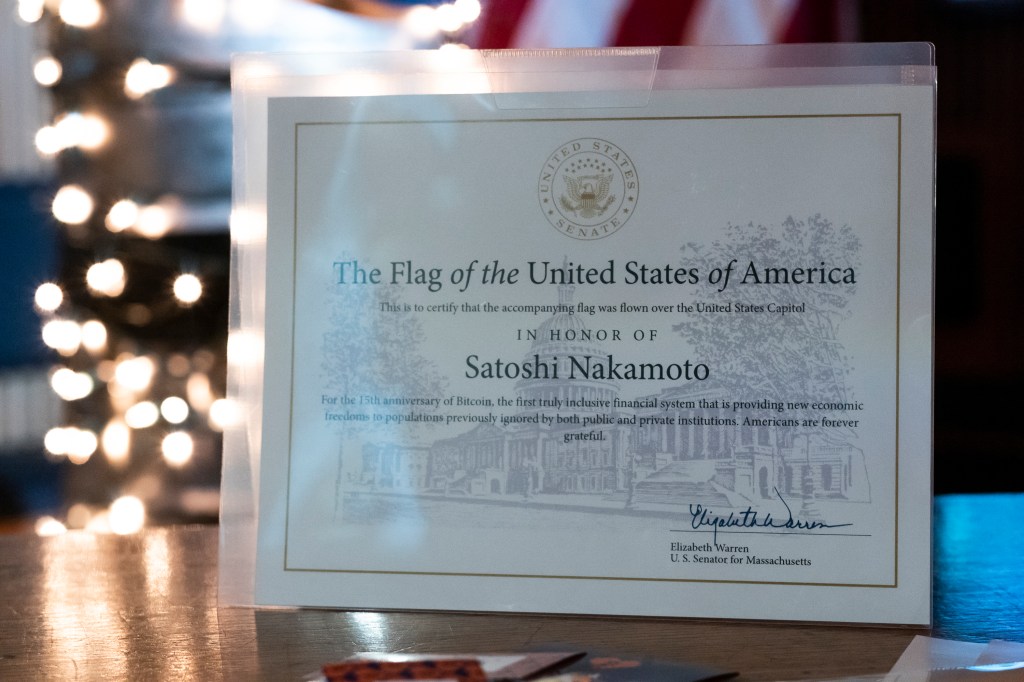In the beginning, there was a research paper. But it’s not the research paper you think. Some 26 years before Satoshi Nakamoto published Bitcoin – A Peer-to-Peer Electronic Cash System, American computer scientist and cryptographer David Chaum published a dissertation called Computer Systems Established, Maintained and Trusted by Mutually Suspicious Groups, as part of his doctorate at the University of California, Berkeley. Chaum’s paper contained the first known proposal for a blockchain protocol and set out every element of the blockchain later detailed in Nakamoto’s Bitcoin white paper, except for proof of work.
Chaum was concerned about the threat computer automation posed to individual privacy, writing in 1982 that “the foundation is being laid for a dossier society, in which computers could be used to infer individuals’ lifestyle habits, whereabouts and associations from data collected in ordinary consumer transactions.” His work in developing blind signatures and digital cash spawned the cypherpunk movement, which saw strong cryptography as an essential component in resisting centralized authority.
He founded Digicash, the first electronic cash company, in 1990, and has continued to work on encryption, anonymous communication, and secure voting systems. DigiCash was intended to be a secure and private form of digital currency, but adoption barriers and the system’s centralized architecture proved to be insurmountable problems, and the company filed for bankruptcy in 1998.
By this time, others were working to develop decentralized, digital currencies; the Chinese computer engineer Wei Dai came up with the concept of B-Money, although the project never progressed beyond the conceptual stage; the US computer scientist and legal scholar Nick Szabo proposed something called Bit Gold in the late 1990s, which directly inspired the design of bitcoin; and British cryptographer Adam Back introduced Hashcash, a proof-of-work system that required the senders of information to perform some computational work and is recognized as a direct influence on the process of bitcoin mining set out in the Satoshi white paper.
It was a dose of cold, hard economic reality that was the turning point – the global financial crash of 2008.

As these projects and ideas were circulating, most people remained unaware of them or the consequences they would have. It was a dose of cold, hard economic reality that was the turning point – the global financial crash of 2008. To understand why, it’s necessary to go back beyond that 1982 research paper, back to China’s Teng Dynasty in the years 618 to 907, and to recap the explanation of what exactly money is.
It was the Chinese who invented paper money as a way of eliminating the need for the risky transportation of the gold and silver that was used as a store of value in the process of commodity exchange. Paper money also allowed currency to be divided into credit and into forms backed by precious metals such as gold and silver – or specie-backed forms. The combination of gold, silver, and paper money facilitated the process of at-interest loans, because a lender could provide a loan in the form of paper money that was based on the fact it was backed by the gold or silver they held in their possession.
This established the core of the modern banking system, one based on the trust that the issuer of paper money would pay the bearer the given value of that paper money when presented with it in a transaction.
The risk, of course, was that the chain of value would collapse if someone stole the gold or silver reserves that guaranteed the value of paper money. So central banks were established in the 17th century to act as lenders of last resort – enabling a network of local banks to guarantee each other’s deposits in the knowledge that they were backed by the central bank. But, and you may have seen this coming, risk was increased by the prospect of the central bank being robbed. If this happened, governments would be forced to bail the banks out – with money from ordinary taxpayers.
Fast forward to 1971 and another significant act – US President Richard Nixon’s decision to abandon the gold standard by unilaterally canceling the direct international convertibility of the dollar to gold. This introduced the era of fiat currency, where the value of money is determined by government decree rather than by fixed commodities such as gold and silver.
“What is needed is an electronic payment system based on cryptographic proof instead of trust, allowing any two willing parties to transact directly with each other without the need for a trusted third party.”
Satoshi Nakamoto
Add into the mix the fact that central banks backed by governments had the power to increase the supply of money, and that the biggest banks were now so big and so interconnected with international economies that any failure would be catastrophic, and the problems with a centralized system of banking were clear.
The shockwaves generated by the global crash of 2008 popularized the idea of a decentralized alternative financial system that allowed consumers to cut out the middlemen – the banks. Letting involved parties deal directly with each other appeared attractive.
Hence the bitcoin white paper, published by a still-unidentified person or group under the name of Satoshi Nakamoto. It said: “What is needed is an electronic payment system based on cryptographic proof instead of trust, allowing any two willing parties to transact directly with each other without the need for a trusted third party.”
It went on to describe how this might work: “The network timestamps transactions by hashing them into an ongoing chain of hash-based proof-of-work.” (Hashing is a mathematical process that converts data into a fixed-size string of characters which are used as unique identifiers for that data). And it said that: “Transactions that are computationally impractical to reverse would protect sellers from fraud, and routine escrow mechanisms could easily be implemented to protect buyers.”
The first bitcoin was released on January 3, 2009, using a technology called blockchain, which is essentially a string of data blocks. These chains create a secure, immutable and indestructible public record that would be very difficult to subvert. And to help deal with the prospect of inflation, Nakamoto capped the total number of bitcoins available at 21 million.
The current debate about where crypto is going is a very long way indeed from the vision of the crypto pioneers.
This brief history covering many centuries, and the setting out of the initial idea behind cryptocurrency, is important to properly ground and progress the current discussion about the development and regulation of crypto.
Looked at from this historical context, one thing becomes very clear; the current debate about where crypto is going is a very long way indeed from the vision of the crypto pioneers.
Crypto was an alternative to the traditional system; disruptive, borderless, operating without the influence of governments or banking institutions and free from the consequences of the decisions they make; replacing the old system of institution-created trust with a peer-to-peer system of direct trust between individuals; and, importantly to early pioneers such as Chaum, the replacement of the element of trust with hard proof-enabled anonymity.

Much of the current discussion about crypto is predicated on treating crypto as just another financial product. Far from being an alternative to a broken financial system that offers access to the previously unbanked and preserves individual liberty, it is becoming just another way for established players to make money.
Traditional financial institutions are scrambling to get some crypto action. The US government under its now very pro-crypto President Donald Trump has even established a bitcoin reserve – a concept so alien to that original vision, and so seemingly pointless, that it is difficult to process.
As traditional finance (TradFi) attempts to absorb decentralized finance (DeFi), regulatory questions are thrown up and definitions are sought, definitions that further tie crypto into tradfi systems. Why, for example, does it matter whether crypto is classed as a commodity or a security? Because securities are subject to stringent regulation and greater levels of consumer protection, while commodities can take advantage of a more open market structure with fewer constrictions.
“The thing I really worry about is a repeat of 2008. I worry about bitcoin being today’s credit-default swap, today’s mortgage-backed security.”
Anne Lowrey, The Atlantic
As is so often the case, arguments seemingly rooted in deep principle turn out to be far simpler. What people really want to know is how they can make money with minimum risk and maximum gain. The freedom to operate outside the traditional system of finance can, for example, be the freedom to operate pump-and-dump schemes with little or no comeback. Checks and balances have their disadvantages and their advantages – it depends on the angle you are coming from.
Let’s not forget that the price of bitcoin, the most successful of the plethora of digital currencies, is entirely speculative. Its worth is defined solely by what people are prepared to pay for it. In November 2021, the value of crypto currencies peaked at $3 trillion. Less than a year later they had lost $2 trillion in value. By May 2025, as the Trump administration’s crypto enthusiasm manifested, the price of bitcoin boomed by 45% in a two-week period.
Maybe the original vision behind crypto will be realised through the blockchain rather than the establishment of an alternative to traditional currencies – although that break from the influence of government and central banks on the money markets was central to the vision. But it’s easy to forget that, despite all the risk and the association with bad players, there are many crypto positives. The idea, for example, of an immutable blockchain audit trail has obvious appeal. So does being able to perform financial transactions more quickly and cheaply, greater security, and wider accessibility.
What we are really grappling with is how a new, digital financial system can work alongside a traditional, analog system; what that means for how we balance innovation and protection, what practical steps we can take to make the most of opportunities. Yet too often it can seem we are heading down the same old road.
In May this year, The Atlantic magazine ran a podcast entitled Why is Trump So into Crypto? Towards the end of the discussion, staff writer Annie Lowrey, said this: “The thing I really worry about is a repeat of 2008. I worry about bitcoin being today’s credit-default swap, today’s mortgage-backed security. I worry about it being the instrument that – through its lack of regulation, through its opacity – being the lit match with a lot of kindling around. That’s really what I worry about.”
New times, old fears. But, for financial regulation professionals and financial services more generally, there are some very real and pressing issues to grapple with.

















